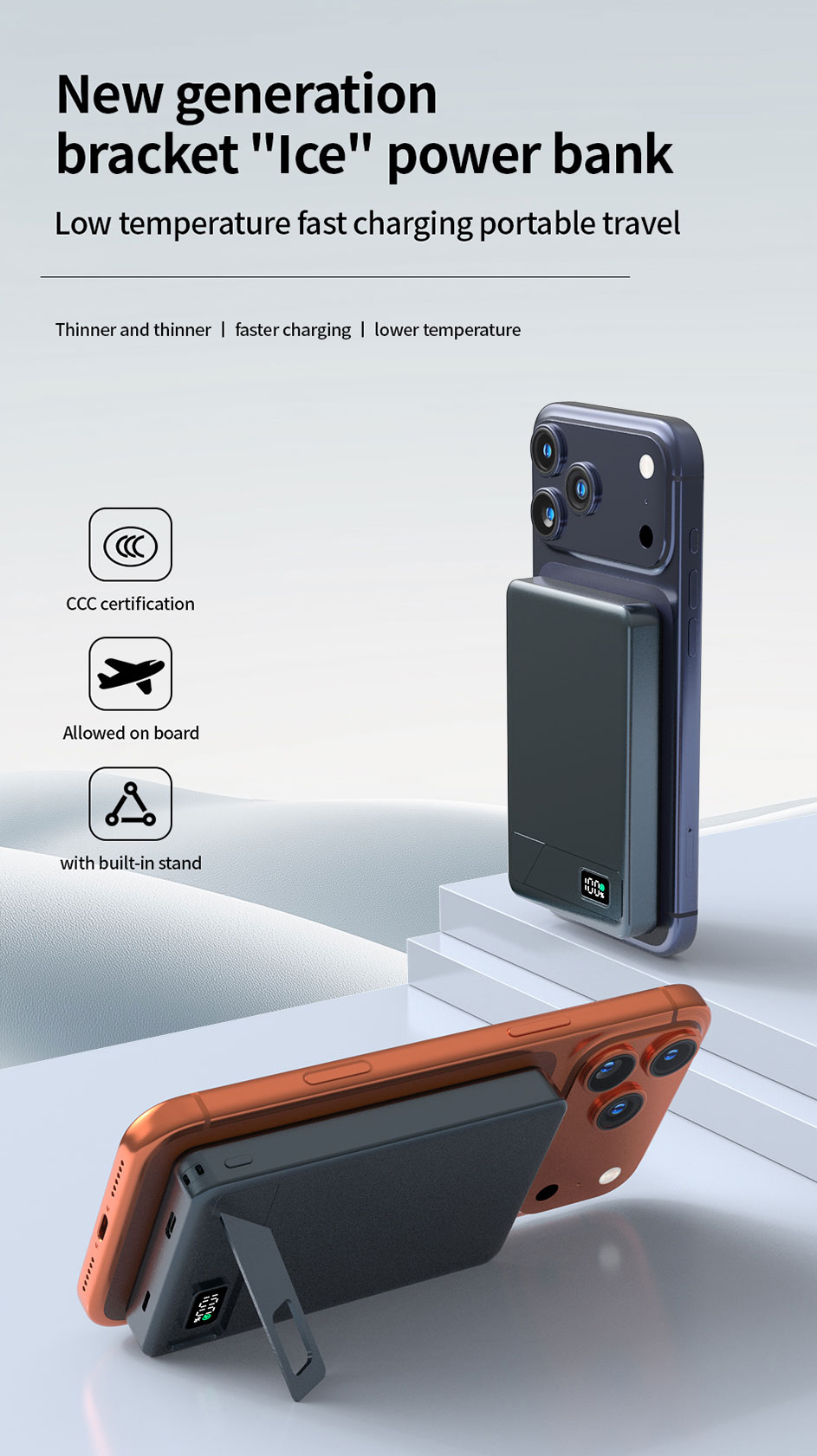wireless charging module

Introduction: The Rise of Wireless Charging Technology

With the advancements in technology, the need for convenient and efficient charging solutions for mobile devices has grown immensely. As a result, wireless charging modules have emerged as a game-changer. This article discusses the wireless charging module, its working principle, applications, and benefits.
Working Principle and Components
The wireless charging module operates based on electromagnetic induction. It consists of two main components: a transmitter and a receiver. The transmitter, also known as the charging pad, generates an alternating current through a coil of wire. This creates a magnetic field around the pad. Meanwhile, the receiver, embedded in the mobile device, contains a second coil that converts the magnetic energy back into an electric current.
This technology works under the principle of resonant inductive coupling. When the receiver coil is placed in close proximity to the transmitter coil, the magnetic field generated by the transmitter induces a current in the receiver coil, allowing for wireless charging.
Applications and Benefits
The wireless charging module has found applications in various industries and sectors, revolutionizing the way we charge mobile devices and other electronic gadgets. Some notable applications include:
- Consumer Electronics: The module is widely used in smartphones, smartwatches, wireless earbuds, and other portable devices. It eliminates the hassle of carrying charging cables and offers a more convenient and clutter-free charging experience.
- Automotive Industry: Wireless charging modules are integrated into electric vehicles (EVs) and hybrid electric vehicles (HEVs), enabling charging without physical connections. This technology is expected to drive the adoption of electric vehicles and enhance user convenience.
- Healthcare: Wireless charging modules are utilized in medical devices and wearables, reducing the risk of electrical shocks and improving safety for both patients and healthcare professionals.
The benefits of wireless charging modules are manifold:
- Convenience: Users can charge their devices simply by placing them on the charging pad, eliminating the need for tangled wires and connectors.
- Versatility: The module supports various devices and is compatible with multiple standards, such as Qi wireless charging standard.
- Durability: With no connectors to wear out or break, wireless charging modules offer increased durability compared to traditional wired chargers.
Conclusion
Wireless charging modules have emerged as a breakthrough technology, providing a convenient and efficient way to charge mobile devices. With their ability to eliminate wires and offer a clutter-free charging experience, these modules have found applications in consumer electronics, automotive industry, and healthcare. The widespread adoption of wireless charging modules is set to reshape the way we charge our devices, enhancing convenience and improving user experience.




